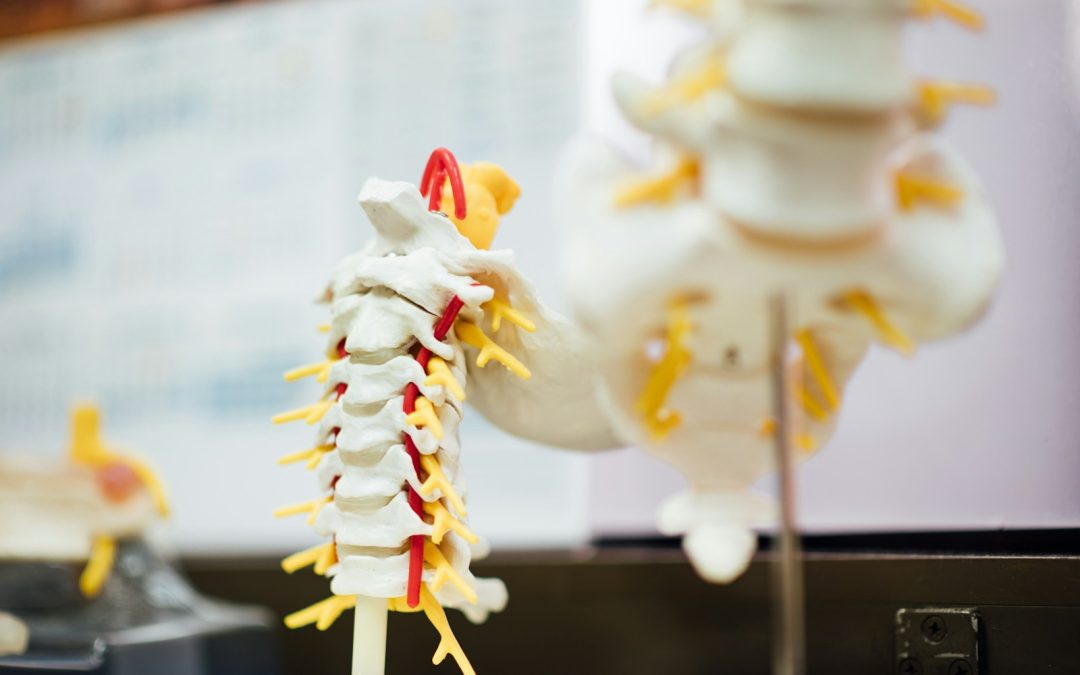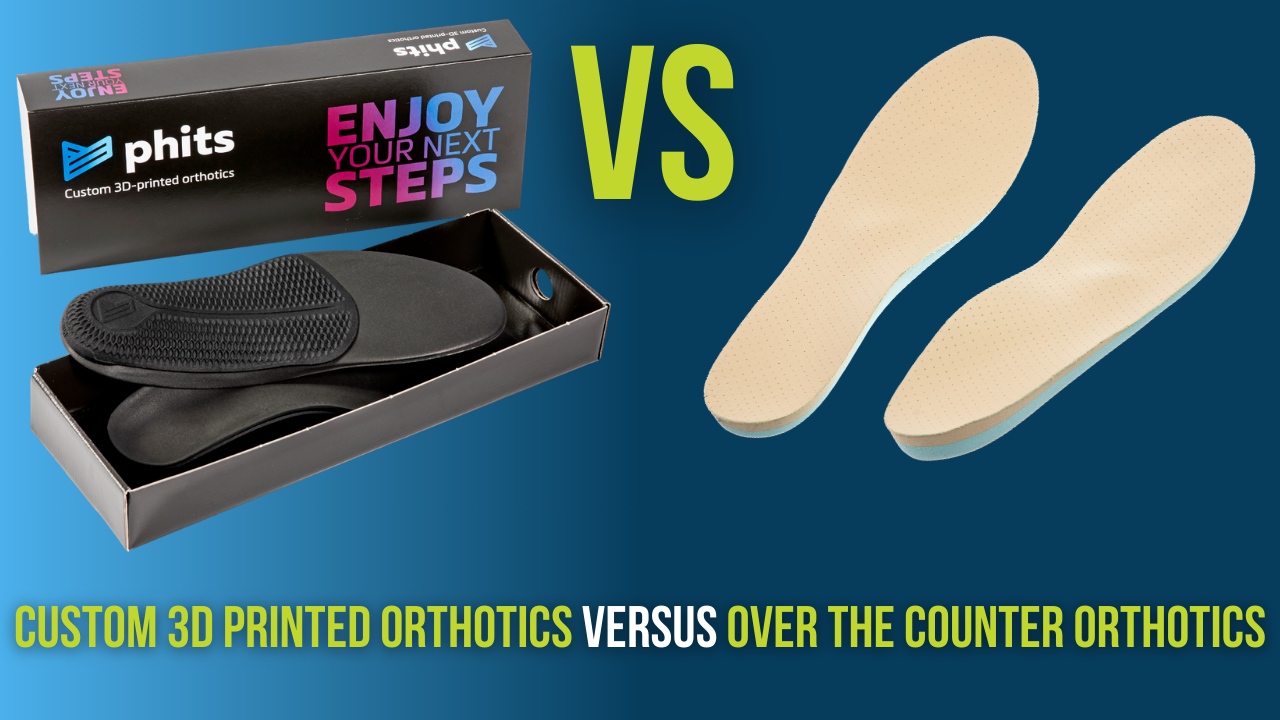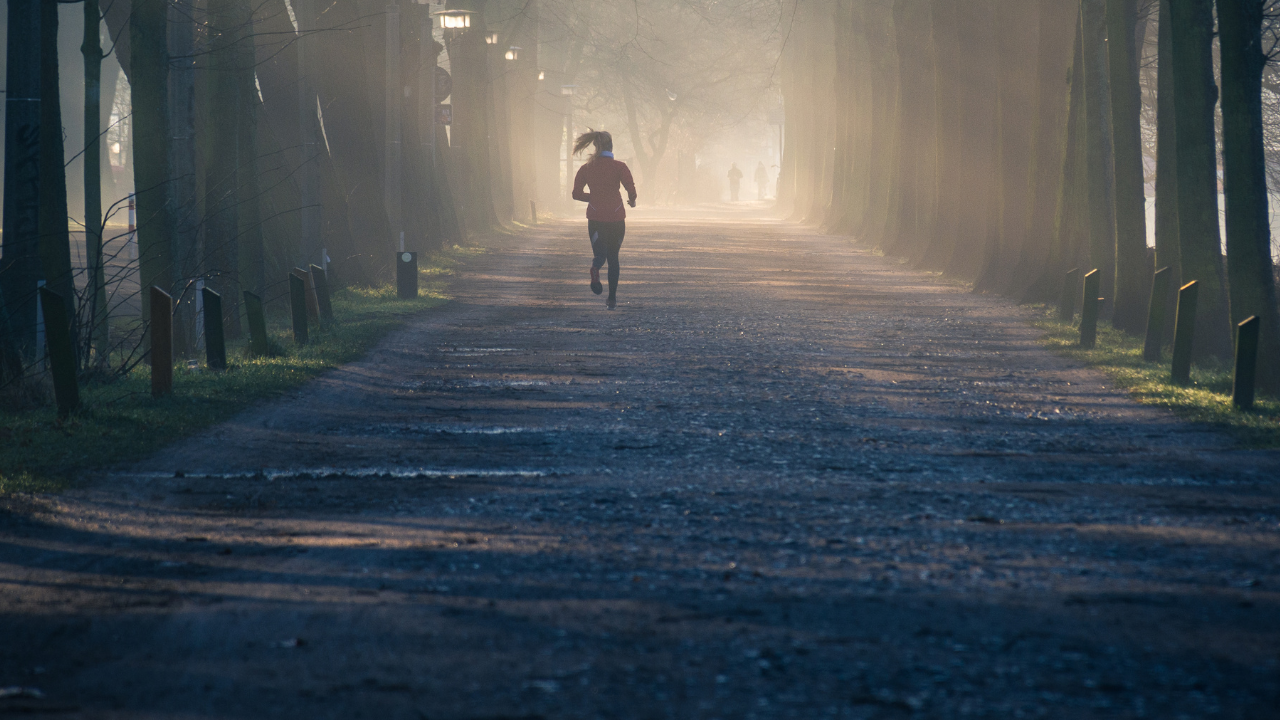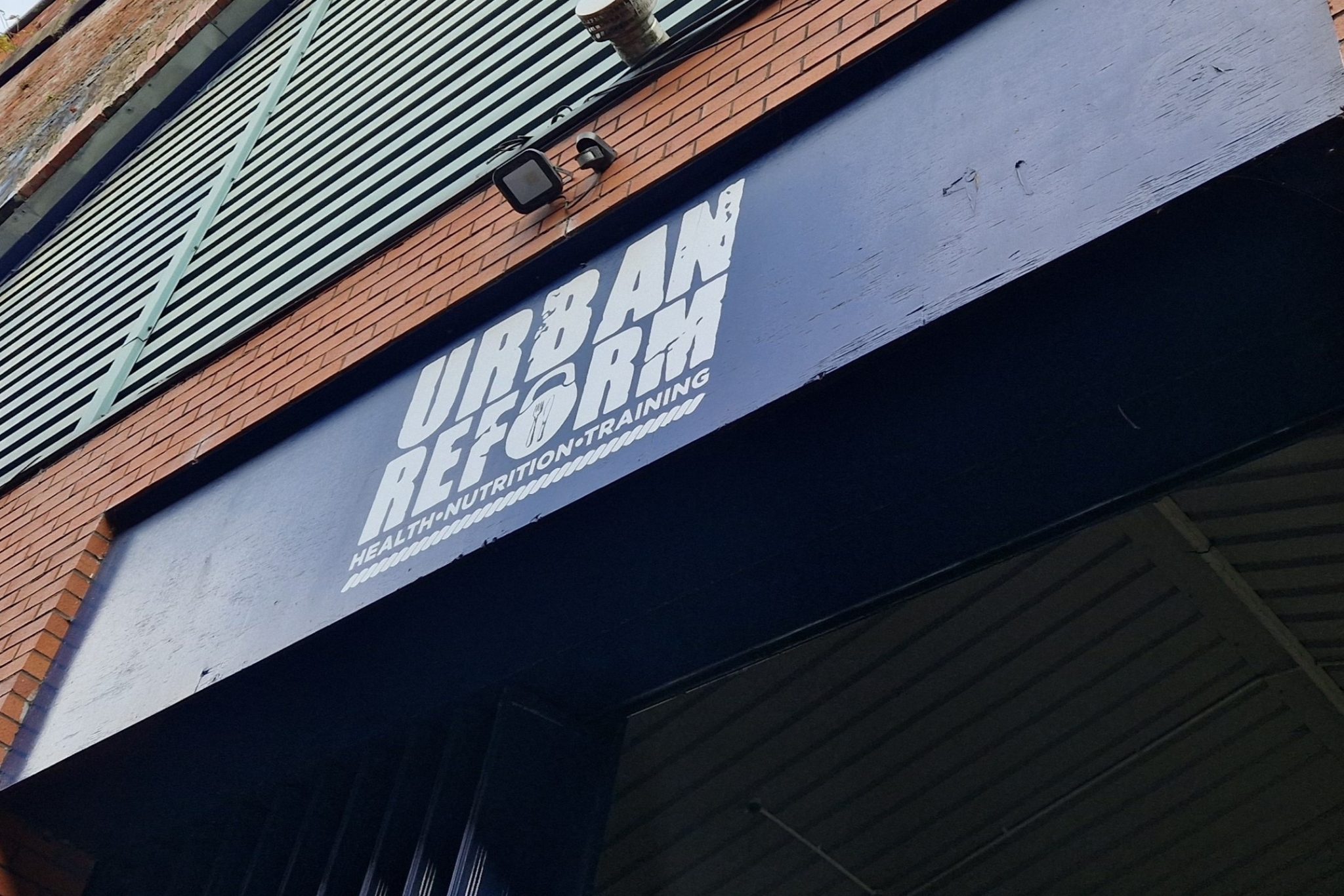Sports RehabilitatorS versus Physiotherapists: What is the difference?
In the UK, both Sports Rehabilitators and Physiotherapists play crucial roles in injury management and rehabilitation within the field of sports and beyond. While there may be some overlap in their skills and duties, there are also differences between the two professions.
1. Education and Training:
SPORTS REHABIlITATORS
Sports Rehabilitators typically hold a degree in Sports Rehabilitation. These programs focus specifically on the prevention, assessment, treatment, and rehabilitation of sports injuries. The degree usually covers topics such as a wide range of medical sciences and clinical skills, including anatomy, physiology, biomechanics, and therapeutic techniques. Sports Rehabilitators may also be required to register with the British Association of Sport Rehabilitators and Trainers (BASRaT) to practise professionally.
PHYSIOTHERAPISTS
To become a physiotherapist in the UK, individuals must complete a degree program approved by the Health and Care Professions Council (HCPC). This typically involves a three or four-year undergraduate degree, or a two-year accelerated postgraduate degree. Physiotherapy programs cover a wide range of medical sciences and clinical skills, including anatomy, physiology, biomechanics, and therapeutic techniques.
2. Scope of Practice:
SPORTS REHABILITATORS
Sports Rehabilitators primarily focus on musculoskeletal injuries (MSK), particularly those related to sports and exercise. They work predominantly in sports environments such as sports clubs, gyms, and sports injury clinics and are now able to work alongside the NHS and military with aputies. Sports Rehabilitators are specialised in assessing and treating MSK, designing exercise programs for rehabilitation, and providing advice on injury prevention and performance enhancement.
PHYSIOTHERAPISTS
Physiotherapy encompasses a broad scope of practice beyond musculoskeletal injuries. Physiotherapists work with individuals of all ages and abilities, across various healthcare settings including hospitals, clinics, sports teams, and community health centres. They treat a wide range of conditions such as musculoskeletal injuries, neurological disorders, respiratory problems, and cardiovascular issues.
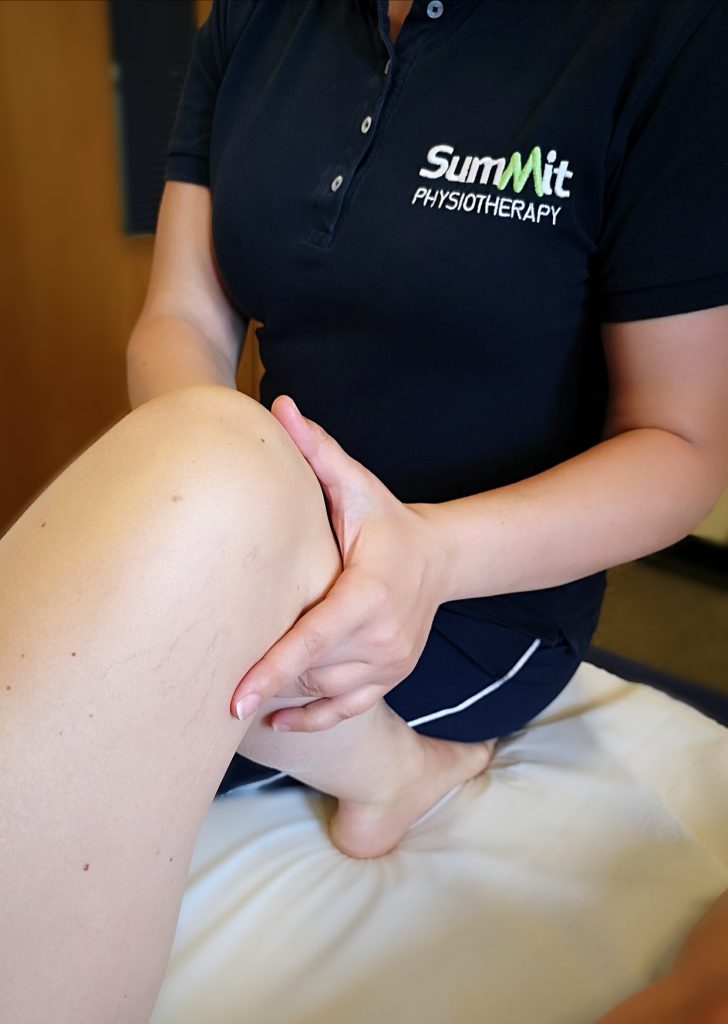
3. Treatment Approaches:
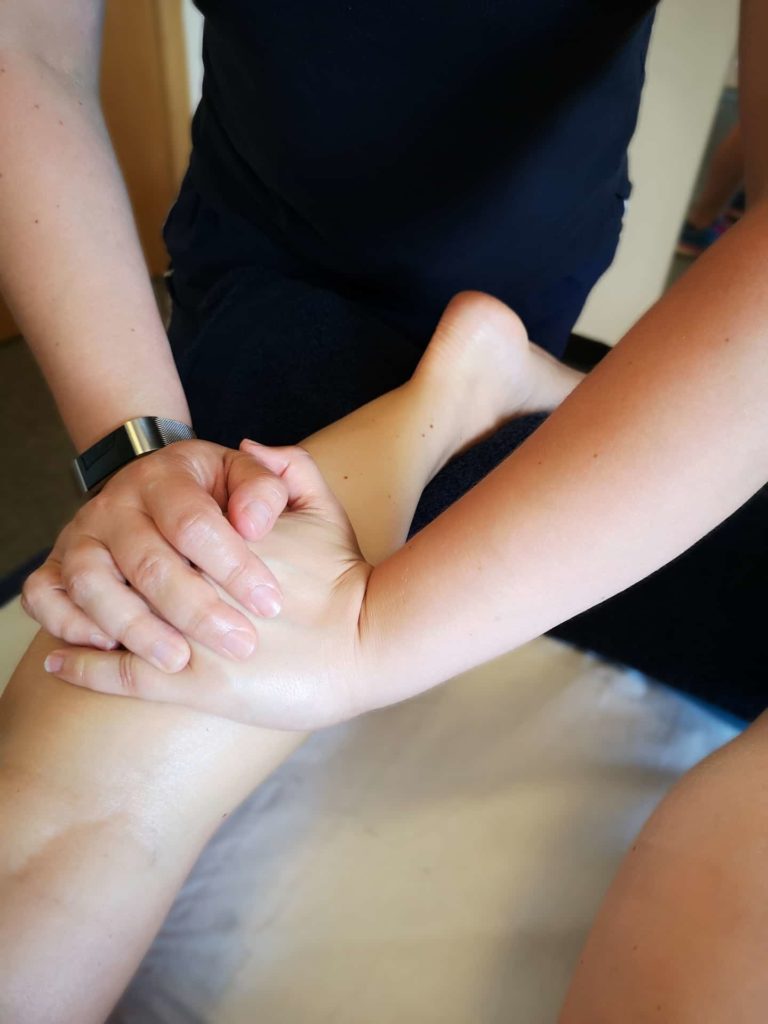
SPORTS REHABILITATORS:
Sports Rehabilitators utilise similar treatment modalities to physiotherapists but often have a more exercise-focused approach to rehabilitation. They design tailored exercise programs to improve strength, flexibility, proprioception, and functional movement patterns specific to the individual’s sport or activity. Sports Rehabilitators may also provide sports massage, taping, and bracing as part of their treatment strategies. Sport Rehabilitators take a holistic approach to rehabilitation, addressing not only the physical aspects of injury but also considering psychological and social factors that may impact recovery.
PHYSIOTHERAPISTS:
Physiotherapy treatment approaches may include a variety of techniques such as manual therapy, exercise therapy, electrotherapy, hydrotherapy, and education/advice. Physiotherapists often take a holistic approach to rehabilitation, addressing not only the physical aspects of injury but also considering psychological and social factors that may impact recovery.
4. Collaborative Practice:
Both physiotherapists and Sports Rehabilitators may work collaboratively with other healthcare professionals such as doctors, sports physicians, orthopedic surgeons, and strength and conditioning coaches to provide comprehensive care for their patients/clients.
So, What IS a SPORTS Rehabilitator qualified to treat?
Musculoskeletal injuries refer to any damage or trauma that affects the muscles, bones, ligaments, tendons, or other connective tissues within the musculoskeletal system. This system comprises the body’s framework, providing support, stability, and movement. Musculoskeletal injuries can occur due to various causes, including sudden trauma, overuse, repetitive motions, poor biomechanics, and age-related degeneration. These injuries can range from mild strains and sprains to more severe fractures and tears, impacting individuals of all ages and activity levels.
Types of Musculoskeletal Injuries:
1. Strains
Strains involve the stretching or tearing of muscles or tendons. They commonly occur due to sudden or excessive force applied to the muscle, such as lifting heavy objects or overstretching during physical activity.
2. SPRAINS
Sprains occur when ligaments, the tough bands of tissue that connect bones at the joints, are stretched or torn. This often happens during sudden movements or impacts that force a joint beyond its normal range of motion, such as twisting an ankle or hyperextending a knee.
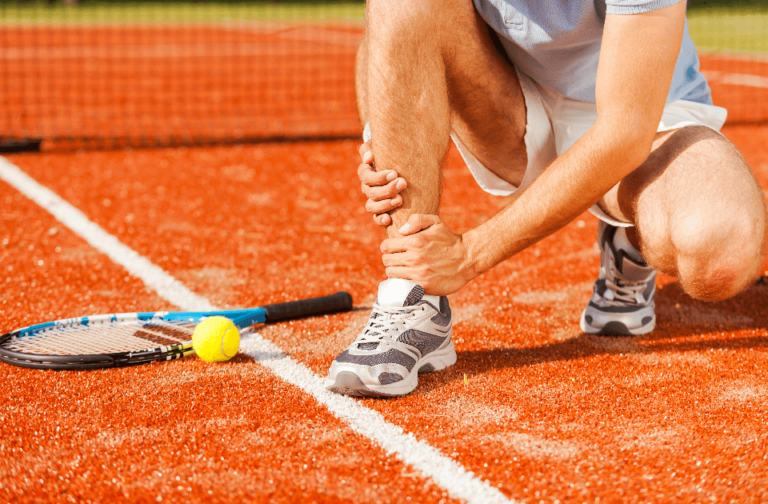
3. Fractures
Fractures are breaks or cracks in the bones. They can result from traumatic injuries, such as falls, sports collisions, or car accidents, as well as from repetitive stress or weakened bone due to conditions like osteoporosis.
4. Tendon Injuries
Tendons are thick cords of tissue that attach muscles to bones. Injuries to tendons can include tendonitis (inflammation of the tendon), tendonosis (degeneration of the tendon), or tendon tears. These injuries often develop gradually over time due to overuse or repetitive stress.
5. Cartilage INJURIES
Cartilage is the tough, flexible tissue that cushions the ends of bones and allows smooth joint movement. Injuries to cartilage can occur due to trauma, such as a direct blow to the joint, or degenerative conditions like osteoarthritis.
6. Joint reconstruction
When you have undertaken any MSK injury e.g. hip and replacements, Ligament reconstructions
Common Causes of Musculoskeletal Injuries:
Trauma
Accidents, falls, sports collisions, and motor vehicle accidents can lead to acute musculoskeletal injuries such as fractures, strains, and sprains.
overuse
Repetitive motions, prolonged or excessive strain on muscles and joints, improper technique, and inadequate rest can result in overuse injuries like tendonitis, stress fractures, and muscle strains.
poor biomechanics
Incorrect posture, improper body mechanics during physical activity or lifting, and biomechanical imbalances can increase the risk of musculoskeletal injuries by placing excessive stress on certain tissues or joints.
age-related changes
As individuals age, their bones, muscles, and connective tissues may weaken, leading to an increased susceptibility to fractures, degenerative joint conditions, and other musculoskeletal problems.
Symptoms of Musculoskeletal Injuries:
– Pain, swelling, and tenderness at the injury site
– Limited range of motion or stiffness in the affected area
– Bruising or discoloration
– Weakness or instability in the injured joint or muscle
– Difficulty bearing weight or performing activities of daily living
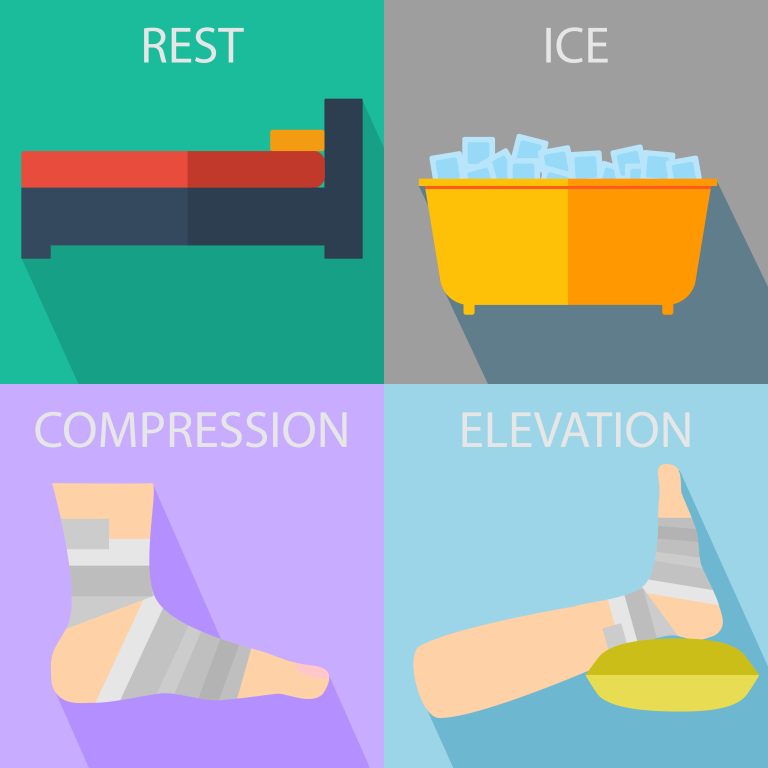
Treatment and Management:
Treatment for musculoskeletal injuries depends on the type and severity of the injury but may include:
– Rest, ice, compression, and elevation (RICE) to reduce pain and inflammation
– Immobilisation with braces, splints, or casts to stabilise fractures or sprains
– Physical therapy to improve strength, flexibility, and function
– Pain management techniques such as medication or injections
– Surgical intervention for severe fractures, tendon tears, or joint damage
IN CONCLUSION...
In many cases, rehabilitation and gradual return to activity are essential components of recovery to restore function, prevent recurrence, and promote long-term musculoskeletal health which is something that both our Sports rehabilitators and Physiotherapists at Summit Physiotherapy are all highly qualified, skilled and experienced to help with.
If you wish to seek further help or speak to a practitioner about any of the above, call us on 0800 731 2738 or book online here.
You can also view all the services we provide within our clinics on our website, as well as checking out our other blogs and content.
For more free tips and information, make sure to follow our Facebook and Instagram pages. We also post client stories, so you can see how we’ve helped people get back to doing the things they enjoy!
